
| Version | Summary | Created by | Modification | Content Size | Created at | Operation |
|---|---|---|---|---|---|---|
| 1 | Mohamed M. Awad | -- | 1199 | 2023-05-19 14:33:32 | | | |
| 2 | Wendy Huang | Meta information modification | 1199 | 2023-05-23 06:37:47 | | |
Video Upload Options
Access to clean, potable water is crucial for all living beings and is used for various purposes such as drinking, household activities, agriculture, and industrial processes. The impact of water scarcity affects many parts of the world, with approximately 3.7 billion people currently experiencing water scarcity. Solar desalination systems are a promising solution to the water scarcity problem since the majority of the earth’s water resources are salty. With the increasing focus on desalination research, many innovative methods are being developed to extract salts from saline water. Energy consumption is a significant concern in desalination, and renewable energy, particularly solar energy, is considered a viable alternative to fossil fuel energy.
1. Introduction
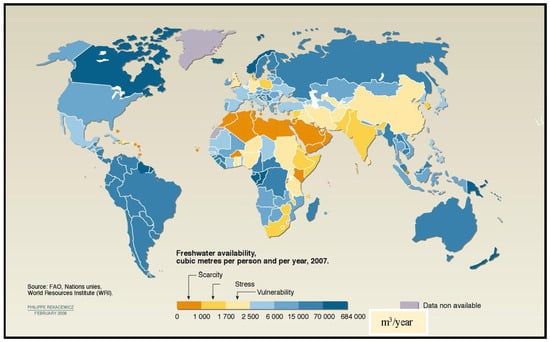
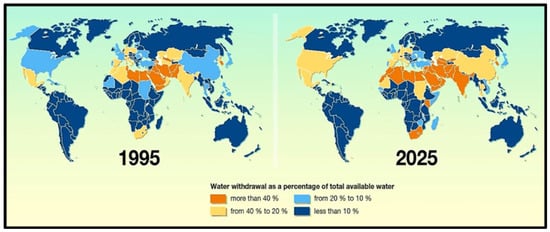
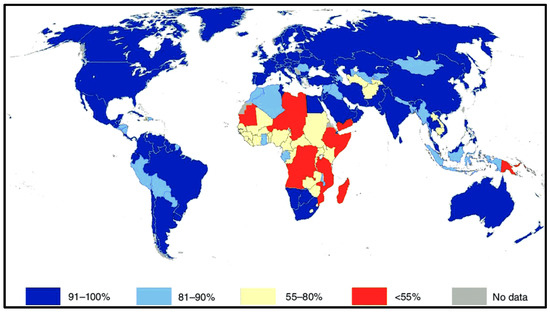
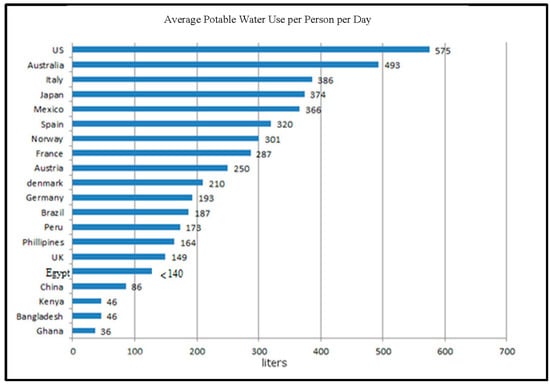
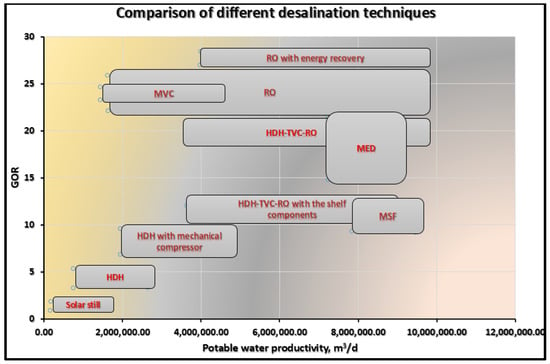
2. Method of Desalination
-
Thermal desalination: works by vaporizing the saline water to separate the salt and then condensing the vapor. Therefore, heat is considered the main driving force to separate water from salts, such as multi-effect desalination (MED), the humidification–dehumidification method (HDH) and multi-stage flash desalination (MSF) [9]. The main merit of thermal methods is using low-grade energy, flexibility and a simple design. This process can be powered by solar energy.
-
Membrane distillation: water vapor is forced to pass through a membrane, leaving salt on one side. The main advantage of the membrane method is mass production. However, the main issue of desalination is reducing the energy required and increasing the dependency on renewable energy as well.
-
Other methods such as chemical approaches, such as ion exchange, gas hydrate, and liquid-to-liquid extraction, differ greatly from thermal and semi-permeable membrane desalination. Ion exchange, for example, requires expensive chemicals and is only practical for treating low-saline water.
-
Multi-stage flash (MSF).
-
Multi-effect evaporation (MEE) or multi-effect desalination (MED).
-
Thermal or mechanical vapor compression.
3. Solar Desalination Techniques
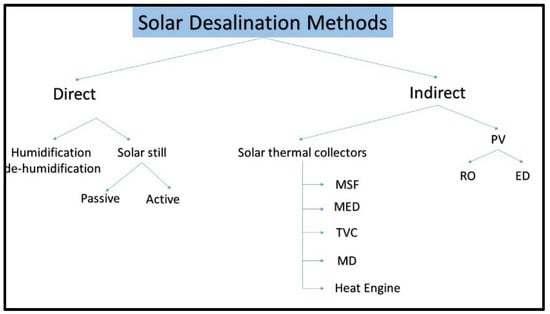
References
- Engelman, R. People in the Balance; Population Action International: Washington, DC, USA, 2000; Available online: https://www.populationaction.org (accessed on 19 March 2023).
- Vigotti, R.; Hoffman, A. Workshop on Renewable Energy and Water. IEA Working Party on Renewable Energy Technologies. 2009. Available online: https://www.un.org/waterforlifedecade/scarcity.shtml (accessed on 19 March 2023).
- WWAP. The United Nations World Water Development Report 2018; Nature-Based Solutions, UNESCO: Paris, France, 2018.
- Liburd, S. Solar-Driven Humidification-Dehumidification Desalination for Potable Use in Haiti. Available online: https://dspace.mit.edu/handle/1721.1/62033 (accessed on 30 June 2018).
- Multiple Ways of Assessing Threats to Water: Supply-Side and Demand-Side Problems. Available online: https://www.fewresources.org/water-scarcity-issues-were-running-out-of-water.html (accessed on 19 March 2023).
- Government of Canada. Available online: https://www.canada.ca/en/environment-climate-change/services/environmental-indicators/residential-water-use.html (accessed on 19 March 2023).
- Rajagopal, R.; Wichman, M.; Brands, E. Ency Pp—Water Drinking—IEG; Wiley & Sons: Hoboken, NJ, USA, 2017.
- University of Oxford, Our World in Data. Available online: https://ourworldindata.org/water-use-stress (accessed on 19 March 2023).
- Ullah, I.; Rasul, M.G. Recent Developments in Solar Thermal Desalination Technologies: A Review. Energies 2019, 12, 119.
- Chopra, K.; Tyagi, V.V.; Pandey, A.K.; Sari, A. Global advancement on experimental and thermal analysis of evacuated tube collector with and without heat pipe systems and possible applications. Appl. Energy 2018, 228, 351–389.
- Miller, J.E. Review of Water Resources and Desalination Technologies; Release Report SAND-2003-0800; Sandia National Laboratories Unlimited: Livermore, CA, USA, 2003.
- Burn, S.; Hoang, M.; Zarzo, D.; Olewniak, F.; Campos, E.; Bolto, B.; Barron, O. Desalination techniques—A review of the opportunities for desalination in agriculture. Desalination 2015, 364, 2–16.




